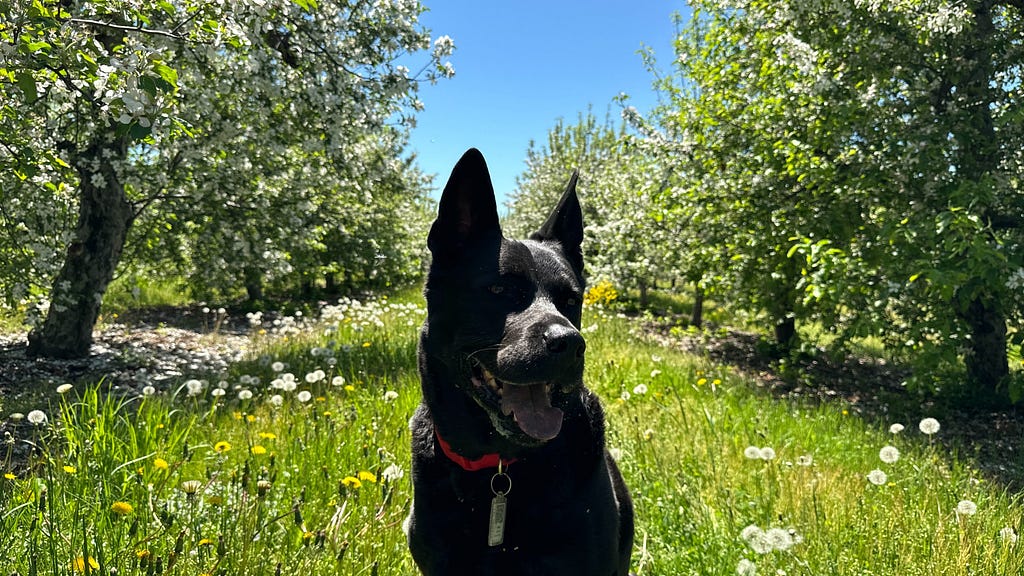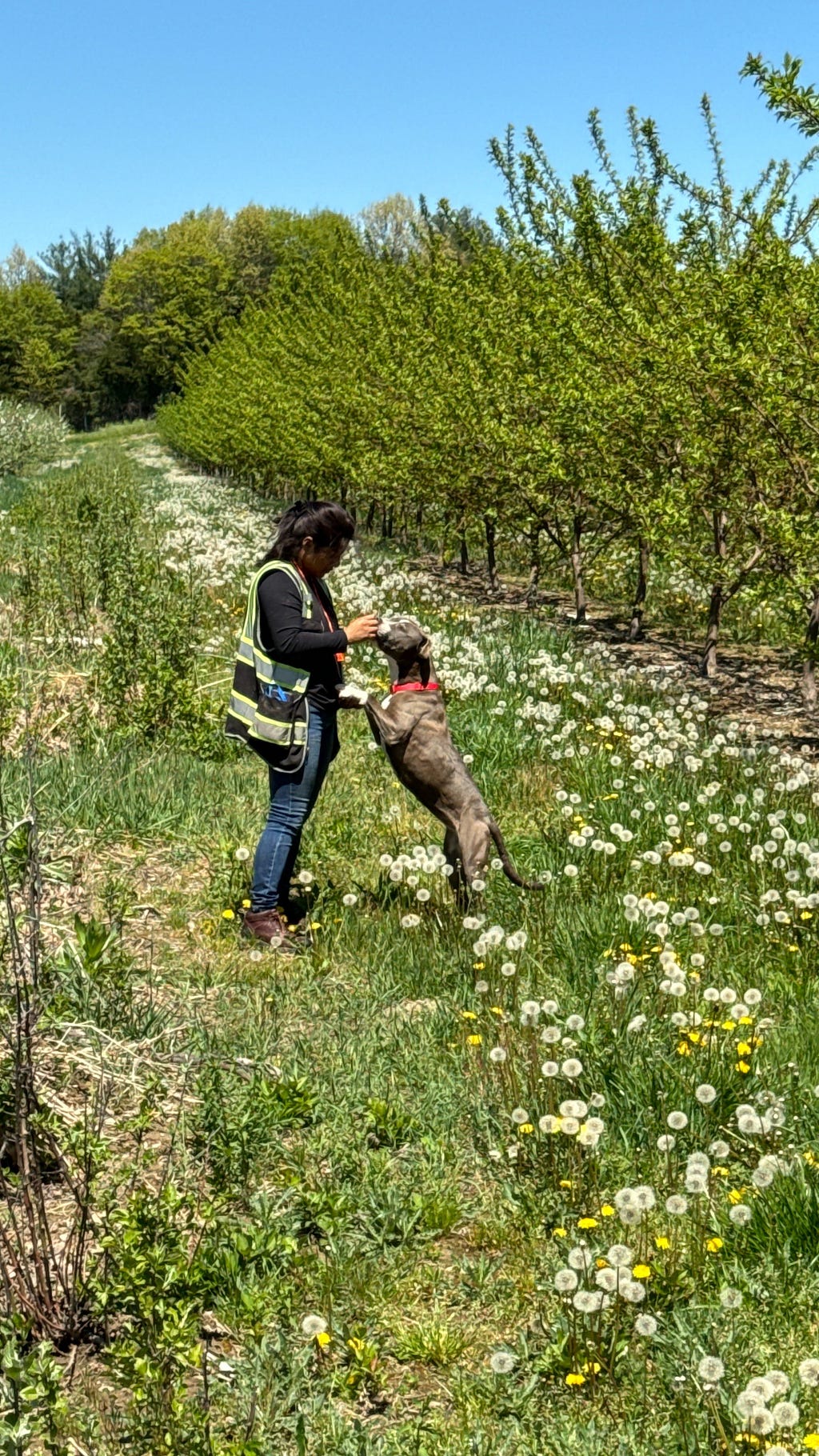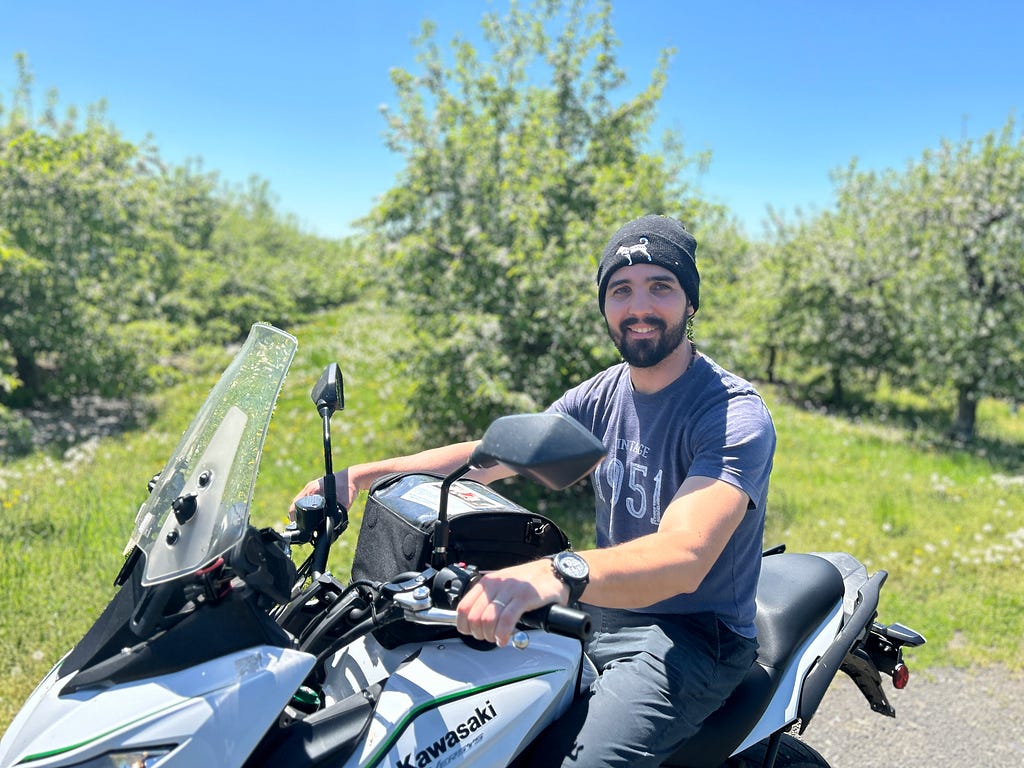The land is good. The policies, not so much.
If you think of a rural area, what do you imagine goes on on the land? Farming? Woods? Nature? Did you “nothing much” is an option?
Here at Glencadia, we have rented space in the kitchen at Love Apple Farm to make our line of gourmet food for dogs. We are only using some of the space in the wonderful kitchen: we have a month-to-month lease and we are not the only tenants.
The farm is 80 acres, with manure and new fruit trees, some open land. Last year, the owner of the store and farm closed up shop. What will happen to the trees? It’s spring now. Will this farm still be a farm in the future?
We’d like to be able to lease more space, and even raise more of our own ingredients, but we are also just getting the product out there — and there are other premium food for dogs choices (but none local with free delivery in NYC people!). In short, we’d have to grow to figure that out.
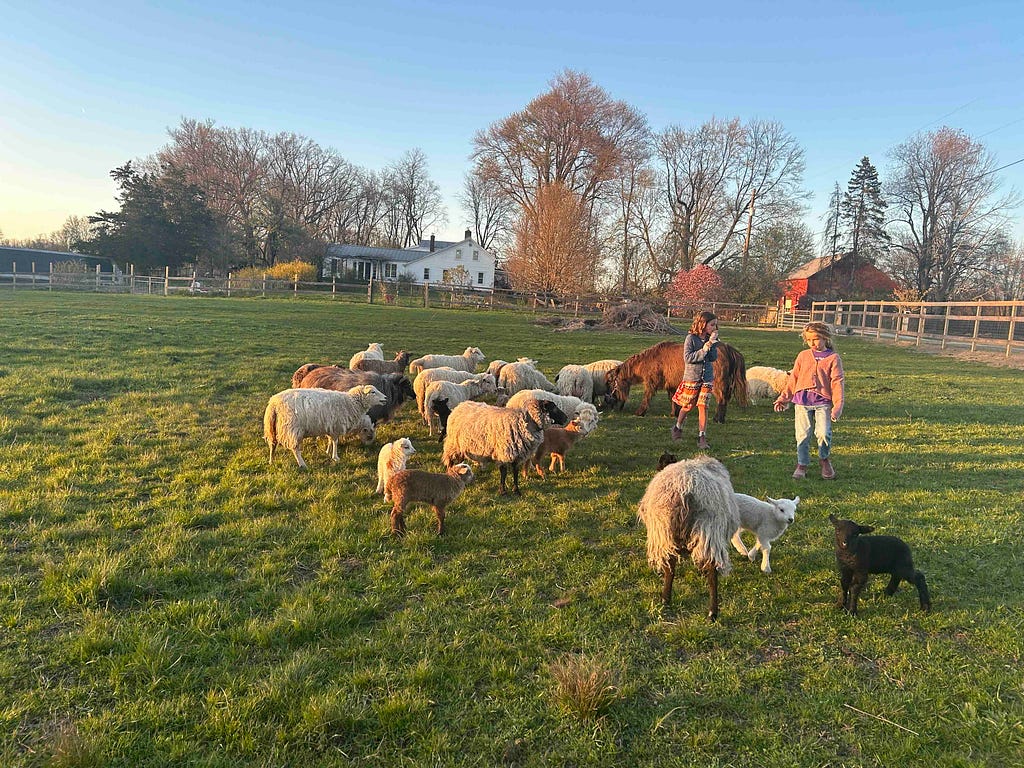
The process of attempting to source ingredients locally has offered a window on our local agricultural economy. One main lesson is, well, kind of, it takes a village, so to speak. An agricultural community, ecosystem, or local economy of smaller operators needs critical mass in a number of areas: markets, labor, skills, machines, land, and segments.
You need a bunch of people doing different things, ideally close together, to make it as easy as possible for people to get into a venture… in Columbia County, Hudson Valley New York, we might or might not be on the right track.
I have seen land used well and also not so well in rural areas. You can go down the sprawl, chaotic road, or you can support agriculture. Supporting agriculture is not pretending to support agriculture. You’ll have to figure out how to make sure the land stays cultivated. That will require willing people and some kind of system for land use.
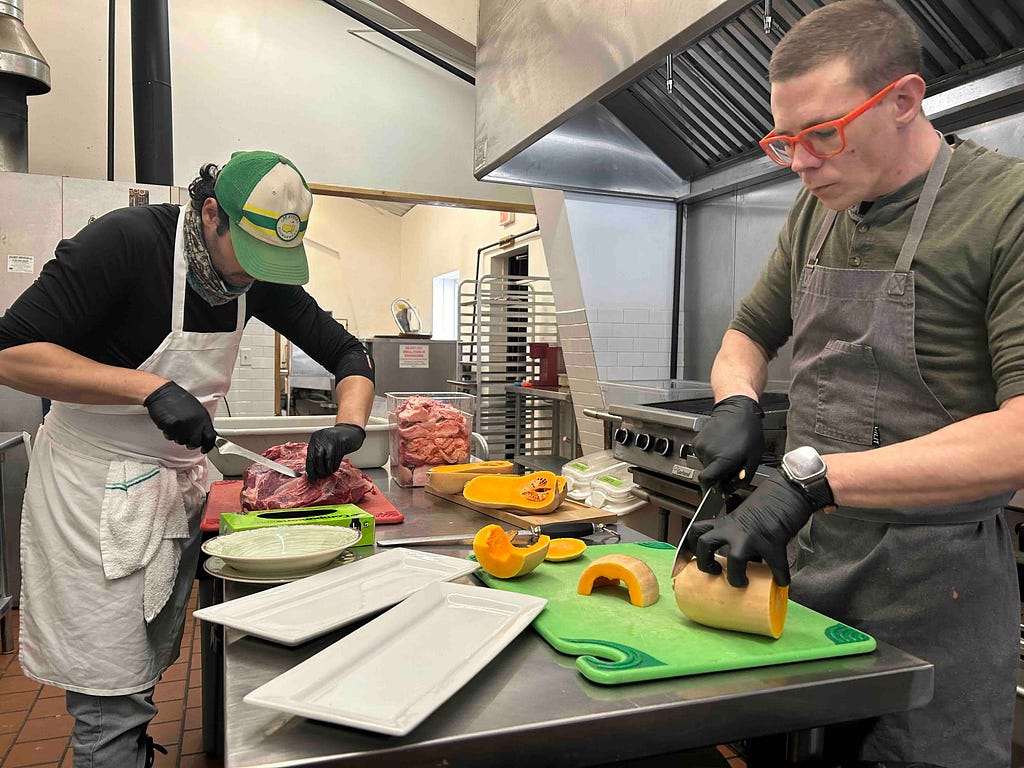
Why can’t we have nice things?
Last summer, 2023, my family rented bikes in Amsterdam. We made a circle around the province of Holland over the course of a week, biking from town to town, riding from maybe 10 to over 30 KM per day.

This week back home in Columbia County, NY we took a bunch of our campers, dogs staying at Glencadia Dog Camp, on a field trip to Love Apple Farm, the spot we rent to make our Glencadia Gourmet food for dogs.
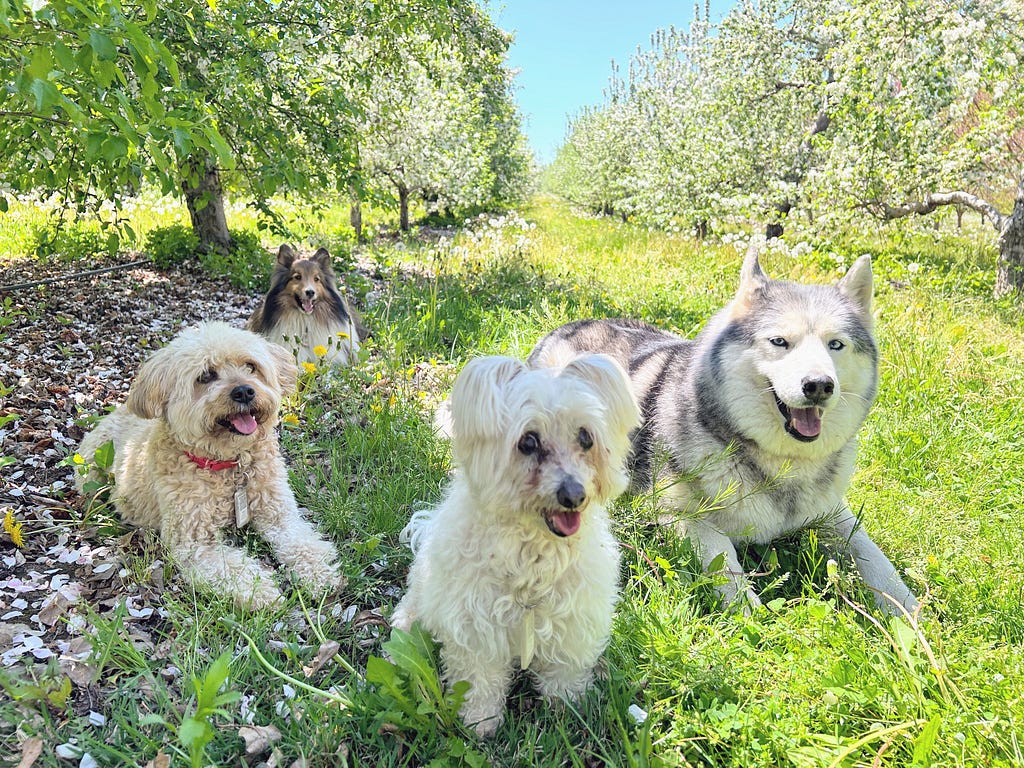
The connection between these two trips I would note in this post has to do with land use. On the surface and in every other way, the two trips have nothing to do with each other. Nevertheless, I want to write about both of them in the same article and I am going to smash them together and make it work somehow.
A couple of observations that do not pertain to the theme of this article
Although I have a theme to present, let me take a minute to digress. In the Netherlands, they dig canals/trenches around fields to keep animals contained. I really wonder if my pony would respect a little water — maybe he would if the bank of the ditch were steep. The farms, although tiny, have brand new equipment (excavators, tractors) that would make a farmer in NY with 10 times the land envious.
Farmers in Europe are protesting. I know that. There are policy issues over there… that’s their business. They have problems. Gotcha. Good luck EU!
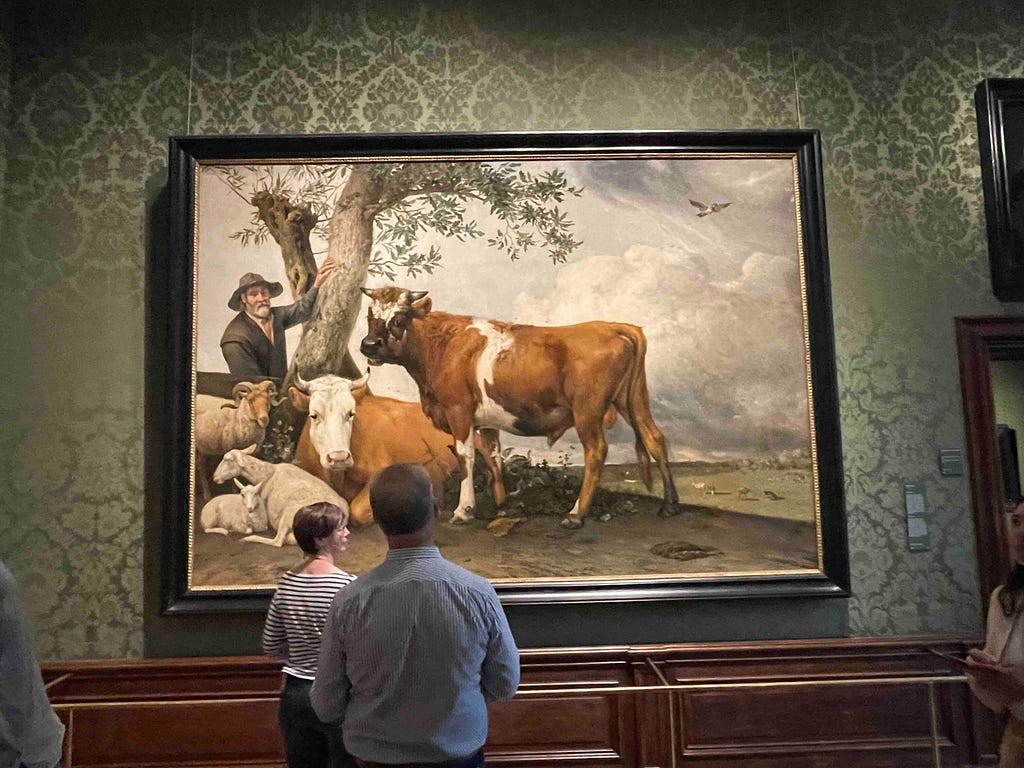
Back to the theme of the article to the extent that there is one
In the Netherlands, every single inch of the country seems to have a designated use. If there is a natural area left aside for wildlife, or a woods, there is likely to be a sign outside of this area explaining that the area is “natural” with a map showing where the land set aside for nature ends.
Obviously, one county (Holland or Columbia) is more densely populated than the other, there are historical and geographic differences, etc. Yes, of course, they should and will be different areas. But there is such a stark and dramatic difference in the understanding of what land is and should be used for in the two places… its one of those obviously things that are so obvious and big you might not even consider them, as they are part of the fabric of reality.
But I would like to consider the difference. One difference is intelligence. Land use in Holland is better and smarter given the relative situations of the two sites. This is not meant to be a “you suck, New York” post. New York land use does, of course, suck, but I didn’t want to talk about it. I am talking about it, but I didn’t want to when I sat down to write. However, the sheer vastness of the suckiness of how we treat our land here at home warrants noting.
Why can’t we have nice things? Because, my dear, we simply suck, that’s why.
I might as well point out that if I could outsource all zoning and planning here in Upstate NY to foreigners from the Netherlands who had never set foot in our country and who only had a passing familiarity with land use law, I would do it. It is impossible to imagine that it would be worse than the mess we are making of our land here at home. I won’t be dwelling on the difference between smart and good (Netherlands) and dumb and bad (Upstate NY) but I also might as well put my cards on the table.
Or maybe I will dwell on it a little.
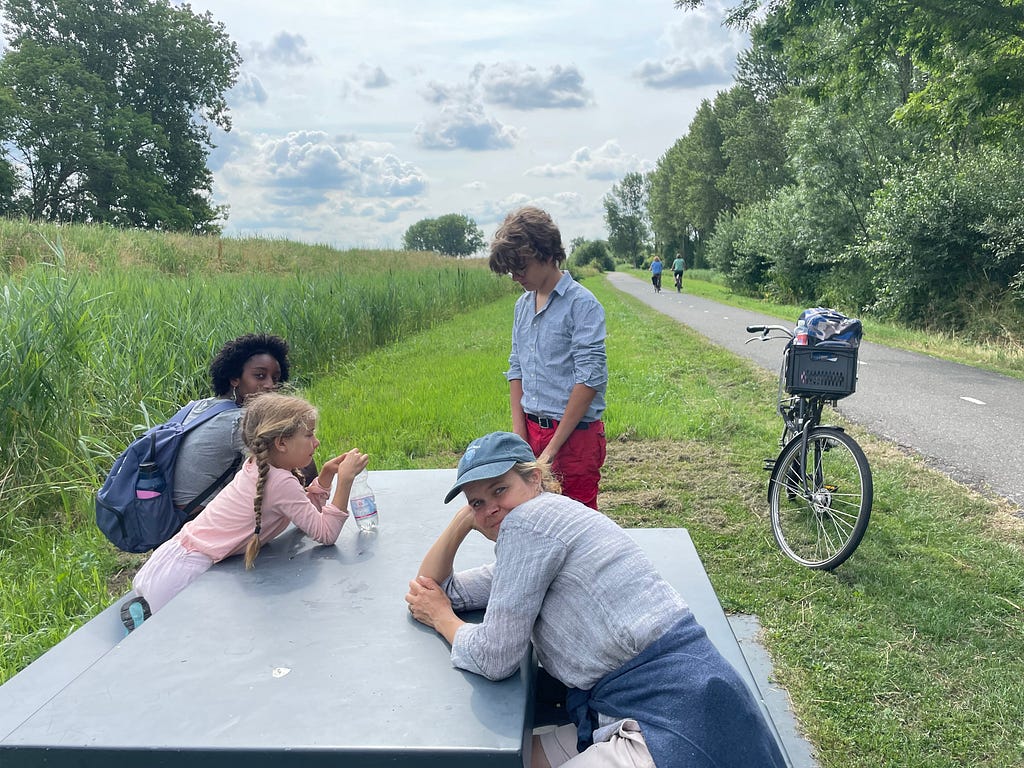
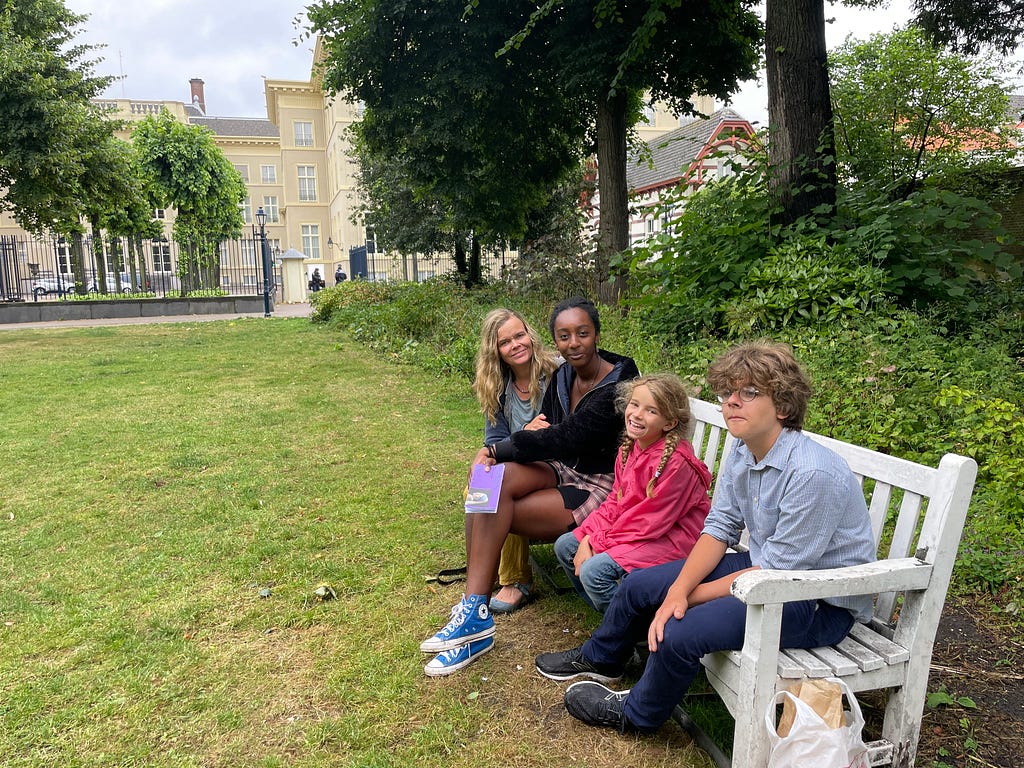
In Columbia County, as I drive around (biking on some of these roads is a death sentence) I look at pieces of land and think, “what is that for?” “what’s going on there?” While this county has great soil and agricultural potential, and while there are many thriving and successful farms, if I were to guess, and I don’t know of any statistics, I would say that there is more land in the “ambiguous use, low use, no use” category than any other use, including farming.
Here are some examples of land in this category of use:
A field that might be brush hogged every year to prevent it from turning to forest, or one that is, in fact, hayed every year but the quality of the hay is low, given that no other care is taken to improve the results.
A small patch of forest between other uses (roads, commercial buildings, fields, etc.) that is too small to be much of a habitat in and of itself, usually with trees that are under 30 or 40 years of age.
These plots of land might be owned by a neighbor who wants a buffer between his house and the people down the road. She might have bought 10 acres to keep someone from building a house next to her house. Or maybe the land is being held until they have the money to build something. Or maybe it’s zoned commercial, the owner thinks he might be able to get a good price for it when the population increases. Or there are 10-acre plots available to build houses on, and three did sell, but six are sitting there waiting for someone to buy them.
Sometimes you see a house with an enormous lawn. It’s not big enough to be a field, but it’s too big to be a lawn. Well, they keep mowing it in part, maybe, because they have a view of the mountains and want to keep that open.
The land is not really farmed — maybe corn is planted and not harvested half the time for tax reasons, or some lousy hay is left to rot half the time, or there is a wood patch that might get logged every 15 years. The land is not set aside for nature or public use. It’s not developed. It’s just sitting there.
Sometimes I’d be hard-pressed to say why the land is just sitting there kind of not being used much, but there it is, undeniably, sitting. Someone is trying to make money in the future in some way and for now, which is twenty years long, nothing is the easiest thing to do.
This plot might be prime soil quality land, flat, that would be great for farming, but there is no one with the equipment and desire to farm it within a reasonable distance. It might be too small to make it worthwhile to drive 15 minutes each way for someone on a tractor.
I am pretty sure if you could categorize this kind of land use (underutilized) it would be something like 30 or 40% of all the land in the county. Just kind of doing nothing.
The fragmentation of land and breakdown of the infrastructure of farming is likely to get worse. One bad trend dovetails with another bad trend to make a death spiral. Land is too expensive. Stupid land use rules and chaotic and corrupt planning and zoning lead to something ugly and inappropriate planted where it shouldn’t be, often with government subsidies. Tourism is negatively affected, as is agriculture.
One of the clearest case of routine bad government involvement in the process of undermining the local economy with grant money from the government is the Gerald Simmons Industrial Park at 9H and 66.
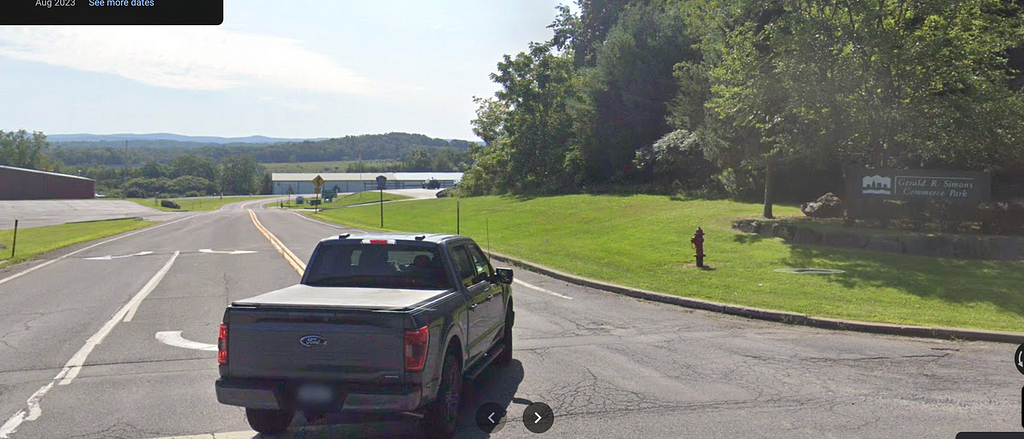

Government money creating a light industrial park: some 25 years later, no more than about 10% full (with half of the tenants being government buildings) while other older, nicer properties that could make good warehouses and construction spaces go begging. There is not enough demand for light industrial uses, and the buildings made in this space, unlike classic old factories, cannot be repurposed for some other use in the future. If the government had done nothing, at a minimum a supermarket would have come in that ideal spot in terms of location and paid taxes, with no taxpayer investment. A store would at least get the property on the tax rolls without any investment. I would prefer farming, as you might guess, but subsidized underutilized space that undermines the existing stock of potential light industrial buildings is about as bad as I can come up with, though.
So, instead of fostering local agriculture and tourism, which are thriving, the geniuses who run but don’t understand our economy decided we need more light industrial space. This is but one example. Literally, the local government structure uses taxpayer money to undermine the local economy.
Subsidizing Waste
Upstate New York sucks money out of the New York City area — the mortgage recording tax for example. But the money is spent upstate in bizarre and useless ways. We have a population of 60,000 people in Columbia County but 26 jurisdictions, 21 highway departments, 18 assessor offices, 62 town judges, 7 full-time county attorneys, 5 school transportation departments each buying and maintaining school buses independently… and economic development spending that impedes economic development.
You might hope that inefficiency and waste at the local level is just that — local. But no. The state level is worse. At the federal level, the national debt was 52% of GDP in 2001 and now it’s 115% and we didn’t build anything: no rail, no housing, no infrastructure.
Wasting money. Land sitting there not being used, held until something other than farming comes along such that agriculture can never come along after that. Spending taxpayer money to destroy the possibility of a thriving agricultural economy.
You can’t have one farm over here, another over there, a third ten miles away. You need a community or a critical mass of resources, skilled people.
If you are a farming county, then farm.
I once drove from Geneva New York to Penn Yann NY. I liked that.

How do they do it? Farm after farm… But it wasn’t like that on the way into Geneva… it seemed as smart as the Netherlands, and with fewer people, nicer views. Some Amish, most not.
There is nothing about this kind of farming that conflicts with tourism. Those two industries work well together.
The farm
Our field trip to the farm was great. It is really beautiful there. I hope it ends up as part of a thriving agricultural community and doesn’t slip into the ambiguous under utilized category of so much of our land here.
